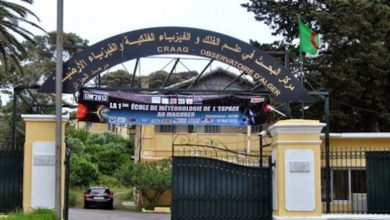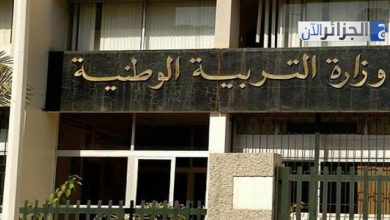A joint Iraqi-British research team has announced the discovery of a rare archaeological site in southern Iraq, located between the Najaf and Diwaniyah governorates. The site is believed to date back to the year 15 AH.
According to Hamid Al-Yasiri, Dean of the College of Archeology at the University of Kufa, the discovered site features a fort and clearly defined walls, suggesting its use as a military location during the Battle of al-Qadisiyyah. This pivotal battle took place between the cities of Najaf and Diwaniyah.
Al-Yasiri emphasized the British team’s contribution to training Iraqi personnel in modern detection methods. This collaboration is expected to significantly enhance the capabilities of Iraqi researchers in future excavations.
Dr. Christine Hopper, head of the British mission from Durham University, stated that the joint research team, comprising members from the Universities of al-Qadisiyah and Kufa, successfully uncovered the site using advanced techniques. The site is dated to 15 AH, corresponding to 636 AD.
Dr. Hopper highlighted the area’s significance, noting that it holds important historical artifacts related to Iraq’s history and the early Islamic conquests.
Mohammed Al-Mayali, Director of the Najaf Antiquities Inspectorate, revealed that Najaf contains over 200 archaeological sites. However, only approximately 5% of these sites have been excavated. He stressed the need to expand research and excavation efforts to uncover more undiscovered historical locations.
Ibrahim Al-Jubouri, an expert in Islamic antiquities, emphasized the importance of this discovery in understanding the military strategies and methods employed by Muslims during that era. This finding could provide valuable insights into the tactics and logistics of early Islamic armies.
Further investigations are planned to fully explore and document the site. The collaborative effort between Iraqi and British archaeologists underscores the commitment to preserving Iraq’s rich cultural heritage.



